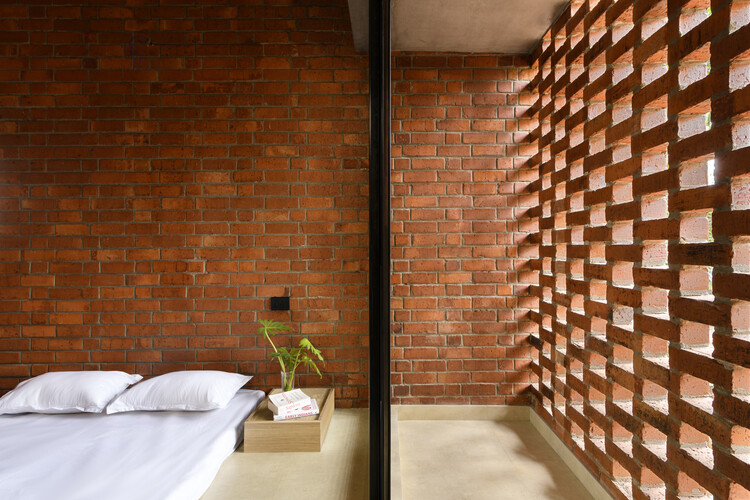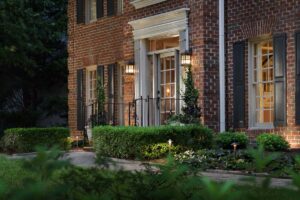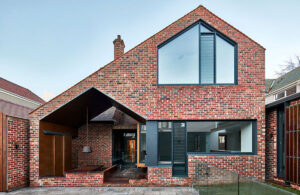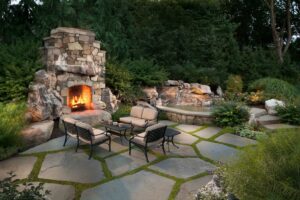
Imagine pulling up to a home whose warm, earthy façade feels like a hug—that’s the timeless magic of brick. Whether you’re drawn to the cozy nostalgia of classic red, the breezy charm of whitewashed walls, or a daring slate gray glaze, brick can shape your home’s personality and stand up to decades of weather with barely a whisper of upkeep. Here’s how to pick the perfect brick style and avoid the pitfalls that even seasoned renovators trip over.

1. Brick Styles That Never Go Out of Fashion
Classic Red Brick
I’ll never forget visiting my grandmother’s cottage, its weathered red bricks paired with crisp white trim. That cozy contrast still feels right. Red brick brings warmth, pairs beautifully with black-framed windows, and looks at home in both historic streets and new subdivisions.
White-Washed Facades
Want your home to glow like a coastal retreat? A light glaze on brick brightens the exterior, softens the texture, and delivers that relaxed farmhouse vibe—even miles from the ocean.
Mixed-Material Modern
Ever seen a house that marries warm brick with sleek metal panels or rich cedar siding? Those contrasting textures can really make architectural features pop. It’s a go-to for minimalist builds looking for a touch of soul.
Patterned Brickwork
Herringbone on a porch floor, a soldier-course accent above a doorway—small brick patterns are like secret hand-stitched details in a couture gown. They add handcrafted flair without breaking the bank.
Bold Colored & Glazed Brick
Thinking outside the red box? Charcoal, navy, even deep forest green bricks (sometimes with a glossy finish) can turn your home into a modern showpiece. Just be mindful: darker bricks absorb more heat, so talk to your contractor about insulation.
Reclaimed & Recycled Brick
Salvaged bricks carry stories—maybe from an old mill or a century-old farmhouse. They’re eco-friendly, often less uniform in tone, and give a genuine “lived-in” character you can’t fake.
Accent Walls & Hardscaping
You don’t need brick everywhere. A welcoming entry wall, a cozy fire-pit surround, or a brick-paved path can tie your landscaping to the home’s exterior, making the whole property feel cohesive.

2. Brick at a Glance: How They Stack Up
| Style | Vibe | Cost (Approx.) | Upkeep | Ideal Spot |
|---|---|---|---|---|
| Red Brick | Warm, traditional | $8–$12 / sq ft | Very low | Cottages, classic neighborhoods |
| White-Washed Brick | Bright, airy | $9–$13 / sq ft | Low–medium | Beach houses, farmhouse-style |
| Mixed-Material Modern | Sleek, textural | $12–$18 / sq ft | Low | Urban infill, minimalist homes |
| Patterned Brickwork | Artisanal detail | $10–$15 / sq ft | Low | Accents, custom builds |
| Colored/Glazed Brick | Dramatic, high-end | $14–$20 / sq ft | Low | Statement façades, boutiques |
| Reclaimed Brick | Rustic, eco-friendly | $6–$10 / sq ft | Medium | Barn conversions, renovations |
Note: Prices vary by brick type, region, and installer expertise.
3. What to Watch Out For
- Moisture & Drainage
Brick loves to drink water—but if it can’t drain away, you’ll see efflorescence (those chalky white streaks) or, worse, rising damp inside. Always install a quality damp-proof course and slope soil away from foundations. - Thermal Mass & Insulation
In summer, brick walls soak up heat; in winter, they release it slowly. Pair brick with the right insulation to keep indoor temps stable all year. - Mortar Joints Matter
A raked joint casts deeper shadow lines, while a flush joint looks smoother. Before you commit, get a sample panel made so you can see how the shadows dance at different times of day. - Color Testing
Sunlight shifts brick hues—from rosy at dawn to orange-brown at sunset. Lay out a few sample bricks and observe them over a weekend before you buy your pallet.
4. Pro Tips from the Field
- Contrast at the Base: Try darker bricks near the foundation and lighter ones above—it helps “ground” the house visually.
- Nighttime Drama: Uplights at wall bases or recessed porch lights make brick textures come alive after dark.
- Greenery Glue: Plant jasmine or clematis at focal walls—they soften hard surfaces and scent the air when they bloom.
- Blend Old & New: When renovating, mix a few reclaimed bricks into fresh work so your addition reads like it’s always belonged.
- Mind the Details: A simple brick sill or a soldier course above a window elevates the whole look without adding much cost.

5. Your Brick FAQ
Q: How long will a brick exterior last?
If it’s done right, you’re looking at 100 years or more of solid performance—far outliving vinyl or wood siding. Occasional tuckpointing (replacing mortar) is about all the maintenance you’ll need.
Q: Are bricks energy-efficient?
Absolutely. Their thermal mass evens out temperature swings: they soak up heat when the sun’s out and release it when things cool down.
Q: Can I repaint or whitewash existing brick?
Yes, but use breathable masonry paint or lime wash. Painted brick needs a refresh every 5–10 years, while whitewashed finishes can fade more organically.
Q: Structural vs. Veneer Brick—what’s the difference?
Structural brick supports the building load itself; veneer brick is a thin outer layer attached to a wood or steel frame. Veneer is lighter and more common in modern construction.
Q: Will brick break my budget?
Upfront costs are higher than some sidings, but factor in decades of low maintenance, weather resistance, and resale value—and brick often pays for itself over time.
At the end of the day, brick isn’t just another building material—it’s a design partner that brings texture, color, and durability to your home. Pick a style that speaks to you, detail it thoughtfully, and you’ll be left with a house that feels both timeless and uniquely yours.






